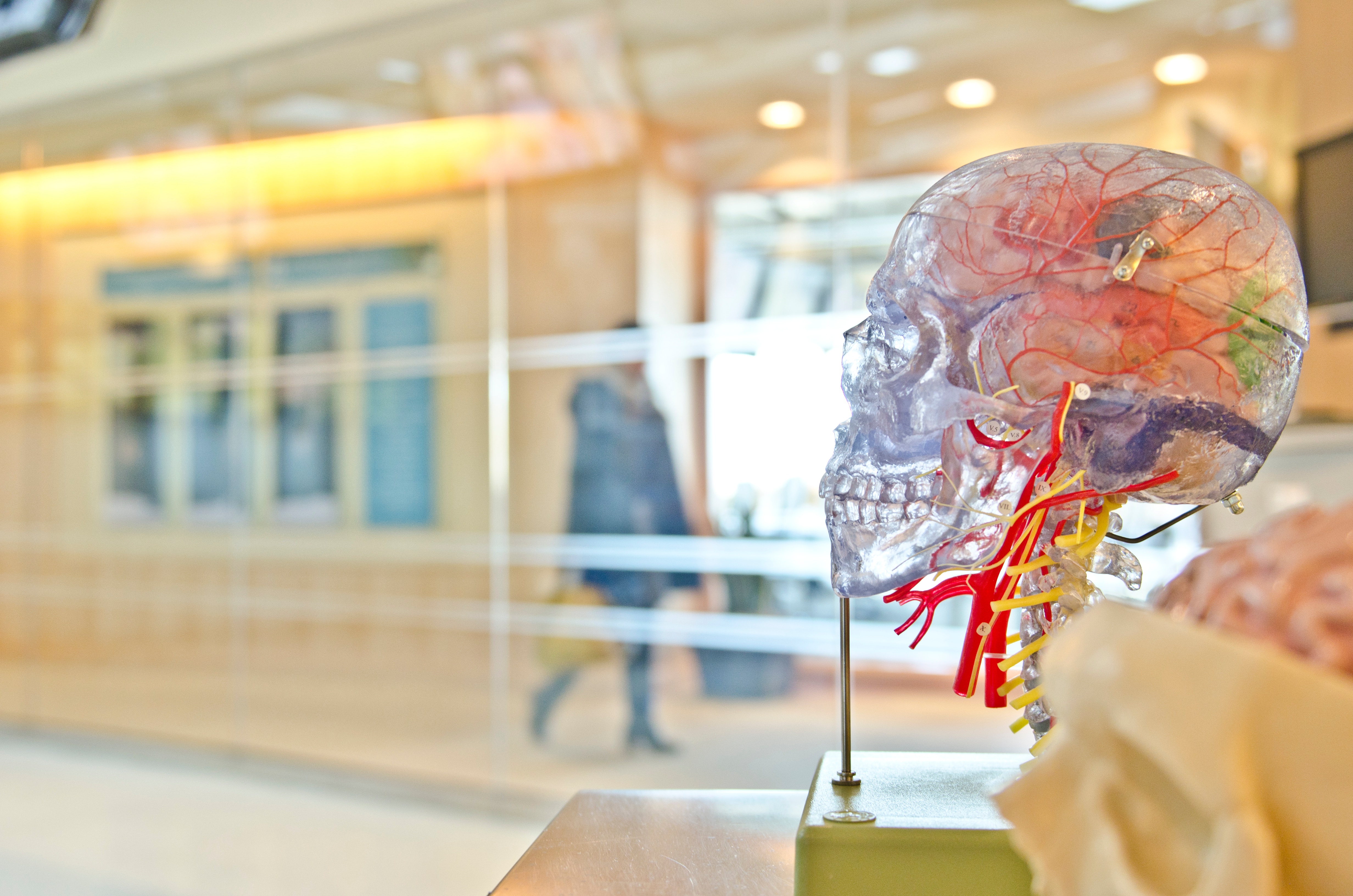Landmark study opens door to new understanding of Alzheimer’s and other neurodegenerative diseases.
Chances are good you’ve heard the claim: the human body replaces itself on a cellular level once every seven years. While this statement is actually somewhat accurate (if not overly pedantic), it leaves out important structures that are unable to replicate themselves. One of these structures is the brain; neurons, as they are classically understood, are not able to replicate themselves. While this may still hold true in both the peripheral nervous system (body) and the cerebral cortex (brain), new research suggests evidence that internal brain regions, namely the hippocampus, may be an exception.
Listen to the Conversation:
New Brain, New You
Excerpt from JayMac News Show
Listen live every Monday at 2pm
Debate over the hippocampus and its ability to generate new neurons (a process called neurogenesis) has been a hot topic for the past few years in the neuroscience community. Just last year, a landmark study published in the journal Nature showed that new cells were virtually absent in the hippocampus after the human age of 2 or 3. Contrary to this, a study published last week in the journal Nature Medicine demonstrated exactly the opposite. The new study suggests that the number of new hippocampal cells being produced reduces with age, but was able to find evidence of new cell growth in individuals as old as 90. Researchers, based in multiple universities around Spain, directly addressed questions brought up by the 2018 Nature publication by utilizing exciting new techniques developed to better maintain donated brain tissue and visualize markers of novel cell growth.
Finding new cells in a mass of brain matter is a bit like searching for a needle in a haystack. Add to that the fact that if treated improperly, the needle (new brain cells) will completely disappear and you’ve got a challenging search ahead. Researchers from the new study argued that this was one of the reasons previous studies had reported such low numbers of new cell growth. In addition to using new and better brain tissue preservation, the researchers developed a new imaging protocol; effectively painting the needle that they were searching for hot pink. With this new technique in hand, they were able to conclusively show new cell growth in all brains, regardless of age. Interestingly, researchers found that brains of patients with Alzheimer’s Disease had significantly lower counts of new neuron growth across all ages. While it is mere speculation at this point, they suggest this could be a new model for the cause of Alzheimer’s.


Production of new neurons has implications for a wide range of disease, but may prove most important in neurodegeneration. Common neurodegenerative diseases consist of but are not limited to Alzheimer’s, Parkinson’s, and Epilepsy. Neurodegeneration is best characterized by neurons dying; when dead, they are unable to replicate or repair themselves. If the findings of this study are replicated and shown to be true, this fundamental understanding may shift. A model for neurodegeneration that accepts a decrease in neuron production as part of it provides new angles to explore and has massive potential for new treatment options.
When it comes to treatment, using tools that are already present in the body is much easier than inserting tools of your own. Most treatment for neurodegenerative diseases currently relies on outside intervention to infiltrate and target symptoms. Harnessing the power of newly growing neurons could change how these diseases are fought. The research still needs to be corroborated and repeated, but if shown to be accurate and robust, the implications for new treatments are vast and exciting.
JayMac’s Science Class
Hear the latest in science every week as the JayMac News Show hosts our own Luke Gangi-Wellman for eye opening conversations in the studio.
Live Mondays at 2pm
Leonardo’s Laboratory
Find hands-on science and experiment demos at the museum.

